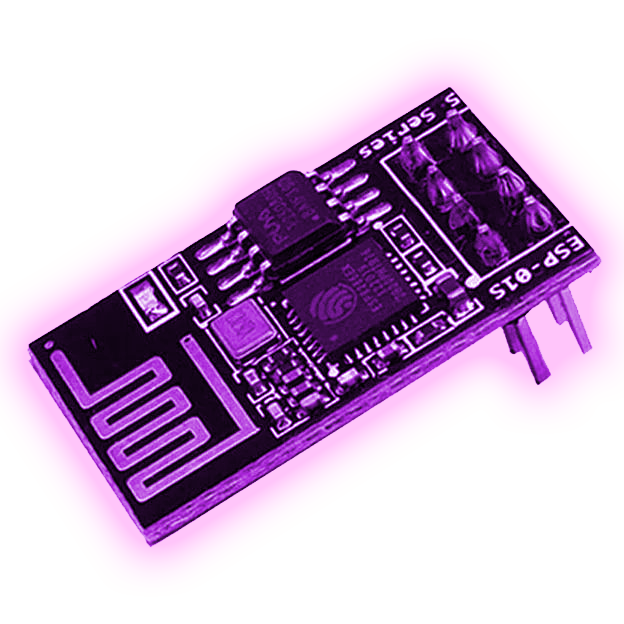15
Leveraging the STM32L412 (capable of 18nA in Shutdown mode with pin wakeup), the RV-3028-C7 RTC (capable of 1ppm timekeeping at 45nA with interrupt output ), and the TPS7A02 voltage regulator (25nA quiescent current), the Nanosleeper is a 1.8V Feather-sized (but not fully pin or voltage compatible) development board for ultra-low power applications. In addition to those features, it also includes a TPS22917 load switch (10nA consumption when off) which is combined with an I2C channel to enable periodic power gating to external I2C devices. Onboard pullup resistors on that I2C channel are pulled up to the gated power.



That’s really cool, I’m interested to see what people can make with this. As far as gpio, there’s just one I2C bus, is that right? If so, that’s still plenty for a weather station and tons of cool projects.
You know that an I2C bus is… a bus… right?
That means you can attach a lot of things onto the same bus. There’s capacitance limits, but you’re probably fine attaching 8 things or so to the same I2C bus. In theory software supports 127-additional devices to be attached, but by then parasitic capacitance would have wrecked your signal. The slower you run the bus and the higher power (ie: lower resistance on the pull-up resistors) the more stuff you can attach to the I2C bus.
There’s clearly a UART and SPI on the schematic here. So plenty of things you can use, as well as GPIO. There’s also whatever additional features from the STM32L412
The real problem is that I2C with 10k pullup resistors at 1.8V will pull… 180,000 nanoamps of current. So I2C absolutely will obliterate your low-power specs. Low-power design is a pain in the ass.
Yes, that’s why I said bus. I was simply starting discussion around what you can do with a bus, thanks for your help!
Gotcha. Yeah, busses are awesome :-)